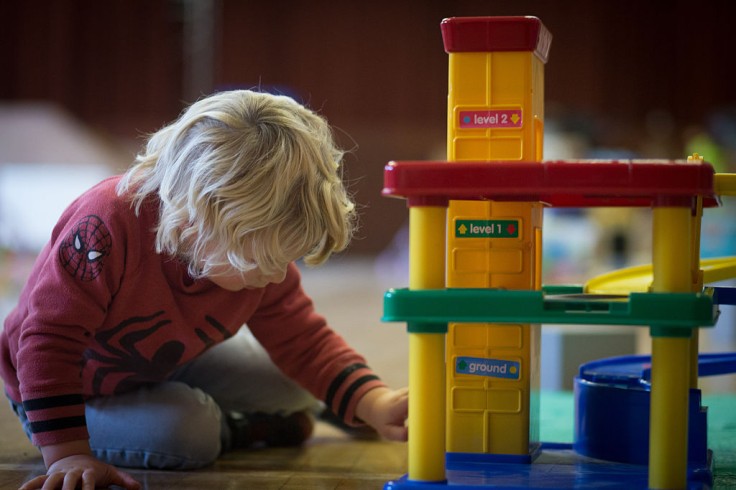
As a new parent, it can be overwhelming to think about all the ways your home needs to be adjusted to ensure your little one's safety. But with a little bit of planning and effort, you can easily create a safe environment for your baby to explore and grow.
According to SB Childproofing, ensuring your baby's safety at home can be a challenging task, especially as they become more mobile.
However, taking steps to childproof your home can create a safe environment for your baby to explore and play while reducing the risk of injuries. The process involves carefully examining each room in your home for potential hazards, then purchasing and installing appropriate safety products.
In this article, we'll cover the essential tips for baby proofing your house to make sure your little one stays safe.
10 Tips on How To Baby-Proof Your House
1. Secure Cabinets and Drawers
Based on Health Daily, cabinets and drawers are a significant source of danger for babies, as they can easily get their fingers pinched or access harmful objects. To prevent this, install cabinet locks and drawer latches. These latches ensure that cabinets and drawers remain closed and are difficult for babies to open.
2. Install Safety Gates
Staircases pose a significant hazard to babies, and safety gates can prevent your little one from accessing them. Safety gates should be installed at the top and bottom of staircases to prevent accidents. Additionally, use safety gates to block off areas that are not safe for your baby.
3. Secure Windows and Doors
Babies can easily crawl out of open windows and doors. Ensure that all windows and doors are secure with locks or latches. Screens are not sufficient to keep a baby from falling out of a window.
4. Install Corner Guards
Furniture with sharp corners is dangerous for babies who are learning to crawl and walk. Installing corner guards can prevent your little one from getting hurt if they accidentally bump into a furniture. Corner guards are easy to install and can be purchased at any baby store.
5. Anchor Furniture
Babies love to pull themselves up on furniture, and heavy furniture like dressers and bookshelves can easily tip over and injure them. Use furniture anchors to secure them to the wall and prevent them from tipping over.
6. Cover Electrical Outlets
As recommended by Pampers, electrical outlets pose a severe hazard for babies. Covering electrical outlets with outlet covers can prevent babies from sticking their fingers into them and getting electrocuted.
7. Remove Small Objects
Small objects pose a choking hazard for babies. Ensure that all small objects are removed from areas where your baby can access them. It's also important to be mindful of small items that may fall to the floor.
8. Keep Cleaning Supplies Out of Reach
Household cleaning supplies can be harmful if ingested by a baby. Store them out of reach or in locked cabinets. You should also be mindful of laundry pods, which can be mistaken for candy and pose a severe danger to children.
9. Lock the Toilet
According to TODAY, babies are naturally curious and love to play with water. Locking the toilet can prevent them from drowning or getting into harmful substances. A toilet lock is an affordable and easy-to-install safety measure.
10. Cover Sharp Edges
Tables and other furniture with sharp edges can be dangerous for babies. Use edge guards to prevent your little one from getting hurt if they accidentally bump into furniture. Edge guards are easy to install and can be purchased at any baby store.
In conclusion, baby-proofing your house is essential to ensure that your little one is safe and secure. While there are many things to consider when baby-proofing your house, these ten tips should be your starting point.
Always be vigilant and keep a watchful eye on your baby. Remember, a little bit of planning and effort can go a long way toward ensuring your baby's safety. With these simple tips, you can create a safe and secure environment for your little one to grow and explore.